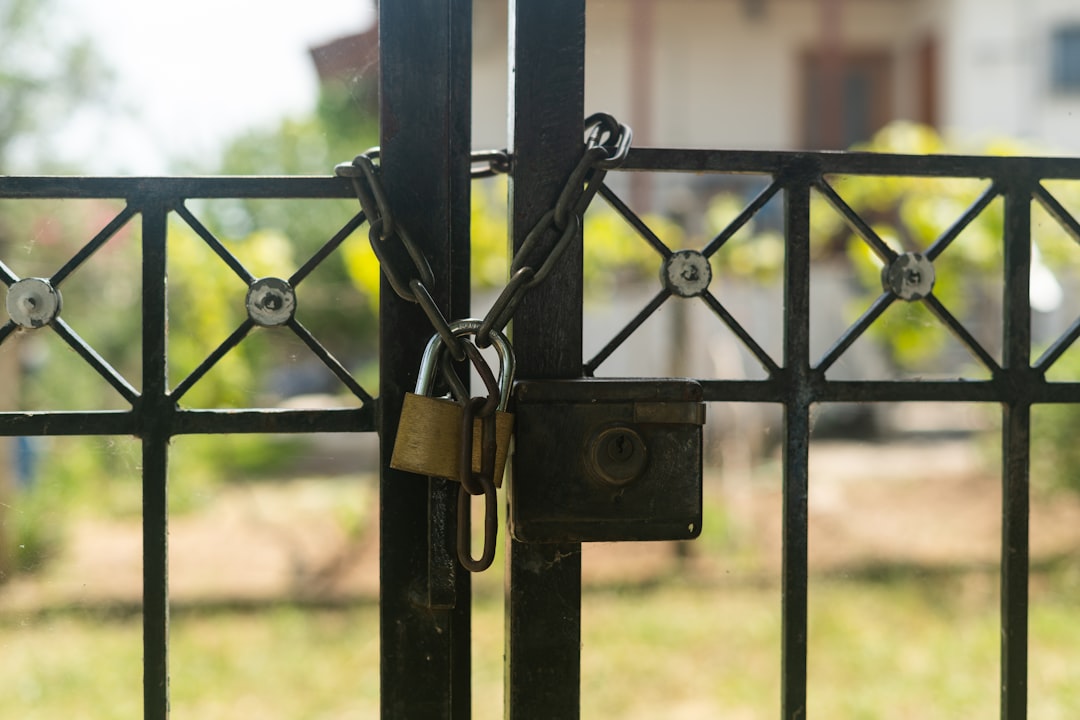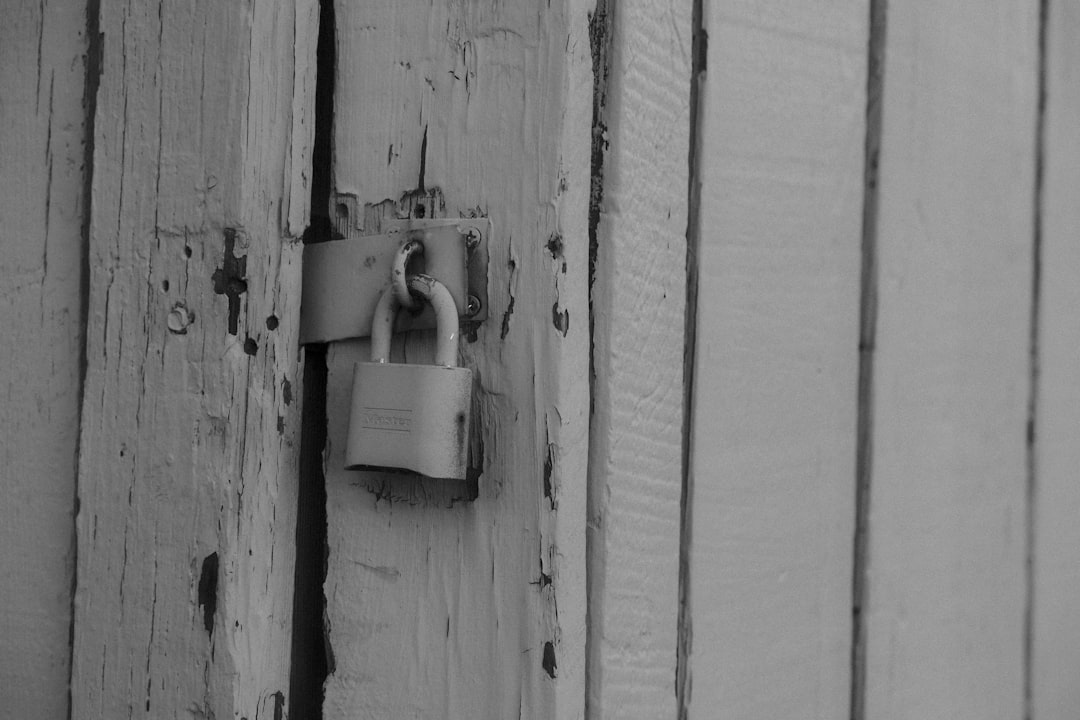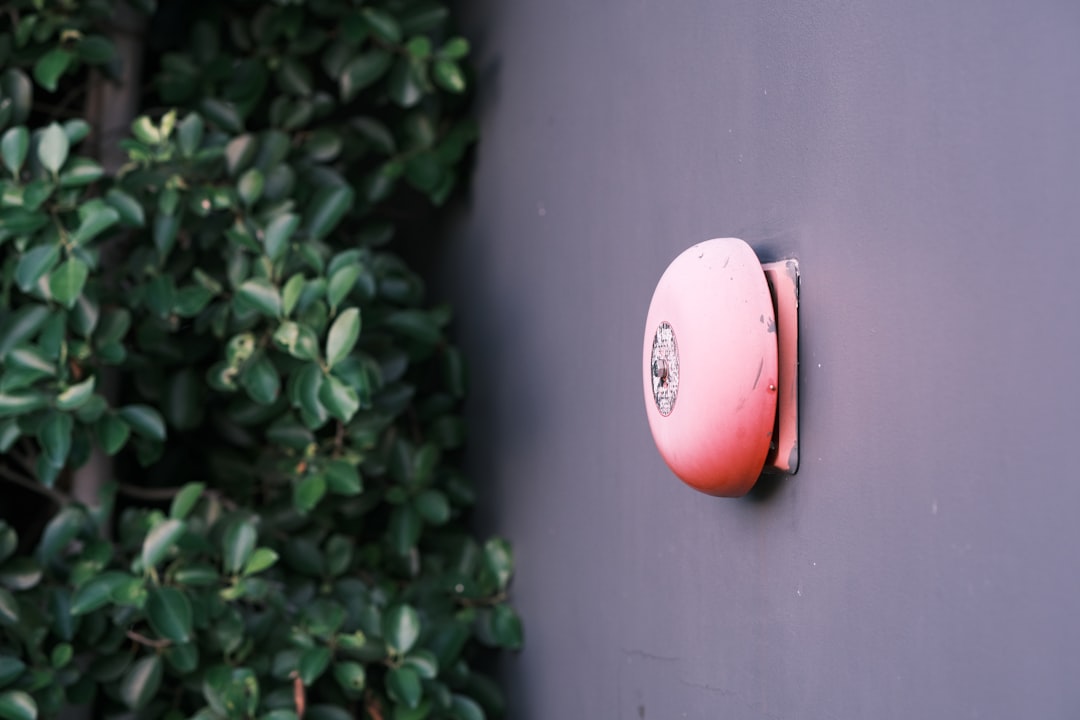

Engage prospects with a scan and streamline customer engagement with FREE QR code marketing tools by Sona – no strings attached!
Create a Free QR CodeFree consultation

No commitment

Engage prospects with a scan and streamline customer engagement with FREE QR code marketing tools by Sona – no strings attached!
Create a Free QR CodeFree consultation

No commitment
In today’s digitally driven world, QR codes have evolved from a novelty to a marketing bridge connecting offline engagement with online action. For smart home security providers, QR codes represent a seamless, frictionless, and effective way to enable secure, instant access without the need for complicated app installations or manual credential sharing.
While these innovations have clear appeal, the industry still faces tough challenges. It is far too easy for high-value prospects to interact with a property’s access points without leaving a trace in traditional systems, creating critical data blind spots. Service providers risk missing out on vital engagement signals when analog or disconnected processes do not illuminate who is accessing, when, or why.
By leveraging QR code technology, smart home security providers can create trusted, automated entry points for residents, guests, and service personnel while gathering valuable insights into usage patterns, intent signals, and security events. These capabilities strengthen property security, streamline operations, enhance the user experience, and address longstanding headaches like lost leads, untracked event data, and follow-up gaps.

QR codes bridge the gap between physical property access points and digital security controls, allowing smart home security providers to automate secure entry, track user interactions, and deliver personalized experiences without friction. When deployed correctly, they replace manual passes and paper logs with a user-friendly scan flow that works on any smartphone camera while preserving the highest standards of security and auditability.
Common challenges include paper-based visitor systems that never get digitized and app-only processes that fail to capture intent unless a user commits to a full download and registration. These gaps often mean that high-value opportunities remain hidden, leading to missed follow-ups or lapses in security. The solution combines dynamic QR codes, smart permissions, and centralized analytics that capture every scan as a measurable touchpoint.
Modern QR solutions allow providers to capture the full access journey. Scans can be associated with roles like homeowner, tenant, guest, or service professional; time windows can be enforced; and device-level checks can minimize abuse. When combined with CRM and ticketing integrations, these systems illuminate previously anonymous activity and support proactive engagement, turning access into an engine for both security and growth.

Smart home security demands both precision and simplicity. QR codes solve a collection of persistent industry challenges that have long undermined operational efficiency, security confidence, and revenue growth. They make it easy for users to do the right thing while ensuring operators see, measure, and improve what matters.
QR access enhances accountability without adding friction. Instead of distributing physical fobs or managing one-time PINs by hand, residents and guests scan a code that adheres to your policies in the background. The result is fewer lost credentials, faster onboarding, and richer data that supports compliance, service quality, and sales follow-up.
QR code technology fits naturally into access cards, smart locks, intercom panels, and visitor management systems. When supported by a platform that can enrich and route scan data, you get faster onboarding, simpler updates, and consistent engagement without sacrificing control or visibility.
Smart home security systems serve a variety of user types and scenarios, from tenants and homeowners to contractors and delivery personnel. Selecting the right QR format ensures the experience is intuitive, secure, and measurable. Misalignment between format and use case can cause scanning errors, drop-offs, or tracking gaps that undermine trust and efficiency.
The following formats cover most smart home access and service flows. Combine them with dynamic controls, role-based permissions, and clear CTAs to maximize adoption and data quality.
Dynamic QR codes are the preferred foundation for access use cases because they allow instant revocation, timeboxing, and content updates without any physical rework. Platforms like Sona QR centralize code creation and management, making it easy to segment by user role, set expiration windows, and align each scan with an operational workflow or marketing journey.

Even with premium hardware, providers often miss opportunities because the most active touchpoints are still analog. By thoughtfully deploying QR codes, you can transform high-traffic areas and process bottlenecks into measurable, value-creating interactions that improve both security and customer experience.
Focus on locations and moments that reliably attract residents, guests, and service professionals. In each touchpoint, attach a clear promise, such as faster entry, instant updates, or priority support. The incentive to scan should be obvious and immediate.
By digitizing these high-impact moments, providers tighten defenses, reduce manual workload, and open new pathways for service personalization and recurring revenue. Each scan becomes the beginning of a data-informed interaction that compounds value over time.

Manual access tools and fragmented digital journeys create friction, risk, and missed business potential. QR-based workflows replace untracked actions with smart, role-aware, auditable interactions that improve outcomes for residents, staff, and operators. The following use cases are proven, scalable, and directly tied to measurable benefits.
Deploy each use case with dynamic codes, clear CTAs, and automated follow-ups. Then link scans to your CRM and support systems so insights move beyond access logs and inform sales, service, and retention.
Each of these use cases closes visibility gaps by identifying which interactions drive satisfaction, complaints, or upsell potential. The more you attach scans to defined workflows, the more your team can act early to prevent issues and capture growth.
A persistent challenge in property security is the invisibility of high-intent interactions that happen in the physical world. QR codes convert those moments into structured data, allowing you to segment audiences by role, location, and behavior, then retarget them with precision. This approach ensures that even partial or anonymous interest becomes actionable.
Think of each code as a smart entry point. Place distinct codes for homeowners, tenants, guests, and service personnel across different touchpoints, such as move-in kits, entrance signage, mailrooms, and device packaging. The resulting data immediately supports relevant follow-up, from safety tips to upgrade offers.
When audience building is rooted in real behavior, messaging becomes more relevant and effective. Providers reduce noise, increase trust, and turn everyday access events into an ongoing dialogue that drives satisfaction and lifetime value.
Disconnected campaigns are costly. Without a single thread that ties print, signage, events, and digital outreach together, providers struggle to attribute ROI and repeat what works. QR codes create that thread by making every offline touchpoint measurable and actionable, which quickly improves consistency and spend efficiency.
Map each channel to a specific action and value promise. Move-in brochures should lead to a setup hub, lobby signage should support instant help or entry, direct mail should point to personalize offers, and videos should offer a frictionless way to request a quote or book a consult. The consistency will raise scan rates and strengthen attribution.
Centralize all scan data to maintain context-aware communication and eliminate fragmentation. With Sona QR, teams can manage codes across channels, monitor performance, and sync engagement with CRM and ad platforms, creating a connected funnel that extends from the front door to closed revenue.
Launching a QR initiative is most effective when you anchor it in a clear use case, apply secure design, and connect scans to downstream workflows. Treat every code as both a service interface and a data sensor that informs continuous improvement.
Use the following steps as a repeatable playbook. Each step includes practical guidance for smart home environments, from entrances and welcome kits to mailrooms and service routes.
Identify the primary outcome you want, such as faster access management, cleaner visitor tracking, smoother onboarding, or proactive support. Focus on a single friction point first, then expand.
Decide whether your scenario demands static or dynamic codes. For access control and any workflow that benefits from tracking and updates, dynamic is the right choice.
Make scanning effortless and safe. Clear visual cues, concise instructions, and strong security controls will increase trust and reduce failure points.
Place codes where they will matter most: entrances, intercoms, welcome packets, mailrooms, service closets, and equipment housings. Every placement should shorten a process, answer a question, or unlock access.
Treat every scan as a datapoint in a feedback loop. Use analytics to correlate scans with outcomes and adjust instructions, placements, or policies based on what you learn.

One of the toughest problems in access control is connecting the dots between physical events and business results. Without this connection, providers waste effort on unproven campaigns, miss follow-ups, and leave security exposures unaddressed. Modern analytics resolve these issues by transforming each scan into a structured, attributable datapoint.
The objective is not simply counting scans. It is understanding how scans translate to access outcomes, support tickets, device activations, and ultimately, revenue. With platforms like Sona QR and Sona.com, you can capture raw events, enrich them with identity and context, and align them with CRM activity for end-to-end attribution.
In essence, analytics make every access event a source of intelligence. Sona QR captures the real-world engagement at doors, desks, and devices, while Sona.com stitches those touches together with marketing and sales data so you can act with confidence and measure impact accurately.
Scaling QR-powered access and engagement requires a blend of thoughtful design, consistent training, and smart automation. The following practices help providers maximize scan rates, maintain security, and convert engagement into measurable outcomes.
Start by aligning QR usage with clear value for each audience. Residents want speed and clarity. Guests want certainty and privacy. Staff want less manual work and fewer disruptions. Then design campaigns to deliver those outcomes reliably.
Creative deployments amplify results. For example, place a QR code on intercom panels for emergency access requests that route to verified contacts with one tap, or add codes to move-in documents that launch a five-minute setup checklist covering access, Wi-Fi, and device pairing. These touches minimize support overhead while delivering a superior experience.
Smart home security is moving quickly toward interoperable, data-rich systems where access is contextual and experiences are personalized. Providers that connect physical interactions to dynamic digital workflows are better positioned to control risk, reduce cost, and grow revenue from existing portfolios.
At the same time, user expectations are rising. Residents expect instant entry, app-free onboarding, and proactive communication. Vendors expect seamless check-ins. Operators expect clean data that supports decisions and compliance. QR codes sit at the center of this evolution because they solve for speed and trackability without imposing heavy setup costs.
Industry leaders who adopt granular QR access, real-time analytics, and integrated workflows report higher satisfaction, lower churn, and more opportunities for cross-sell and upsell. These innovations now represent table stakes for providers who prioritize both security and experience.
QR codes offer smart home security providers a strategic toolkit to address major industry headaches, transforming access control, streamlining customer onboarding, and turning every physical touchpoint into a moment of measurable engagement. Replacing manual entry systems and static materials with dynamic, data-rich QR interactions delivers instant, secure access and closes long-standing gaps in visibility, follow-up, and conversion.
From entry management and visitor tracking to multi-channel marketing and deep analytics, QR code strategies enable providers to modernize offerings and operate with greater agility. By integrating every scan with operational and marketing workflows, providers no longer miss out on high-value leads, engagement signals, or growth opportunities. With robust systems in place, each interaction becomes a source of insight, fueling revenue, efficiency, and a superior customer experience. Start creating QR codes for free at Sona QR.
QR codes have revolutionized the smart home security industry by enabling seamless, secure access management that enhances both safety and convenience. From simplifying guest entry to streamlining technician visits, QR codes help providers acquire new customers, deliver frictionless user experiences, and ensure real-time control over access permissions. Imagine effortlessly granting temporary access to your home while monitoring every scan to prevent unauthorized entry.
With Sona QR, smart home security providers can create dynamic, trackable QR codes in seconds—updating access credentials instantly without reprinting or redistributing physical keys. Every scan is logged and connected to your security system, empowering you to respond swiftly and maintain trust with your customers. No more guesswork, no security gaps—just smarter, safer access solutions.
Start for free with Sona QR today and transform how you secure homes, engage clients, and grow your smart security business.
They use dynamic QR codes to automate secure entry, track user interactions, and gather valuable insights, replacing manual passes and paper logs with frictionless, auditable scan flows that increase accountability and reduce lost credentials.
QR codes enable seamless, app-free access, improve operational efficiency, provide detailed access logs for auditability, reduce manual errors, close offline-to-online data gaps, and support dynamic content updates without reprinting.
You can onboard IoT devices like cameras and sensors with QR-enabled quick-start guides that launch tailored setup flows, validate device models, capture warranty registrations, and offer in-context help to accelerate activation and reduce support tickets.
Platforms like Sona QR and Sona.com are highlighted for centralizing QR code creation, managing dynamic permissions, integrating with CRM and marketing tools, and providing real-time analytics to enhance security and customer engagement.
Select providers that offer dynamic QR code solutions with strong security controls, centralized analytics, seamless integration with operational and marketing workflows, and support for multiple use cases like access control, visitor management, and IoT device onboarding.
Use Sona QR's trackable codes to improve customer acquisition and engagement today.
Create Your FREE Trackable QR Code in SecondsJoin results-focused teams combining Sona Platform automation with advanced Google Ads strategies to scale lead generation

Connect your existing CRM

Free Account Enrichment

No setup fees
No commitment required

Free consultation

Get a custom Google Ads roadmap for your business






Launch campaigns that generate qualified leads in 30 days or less.
